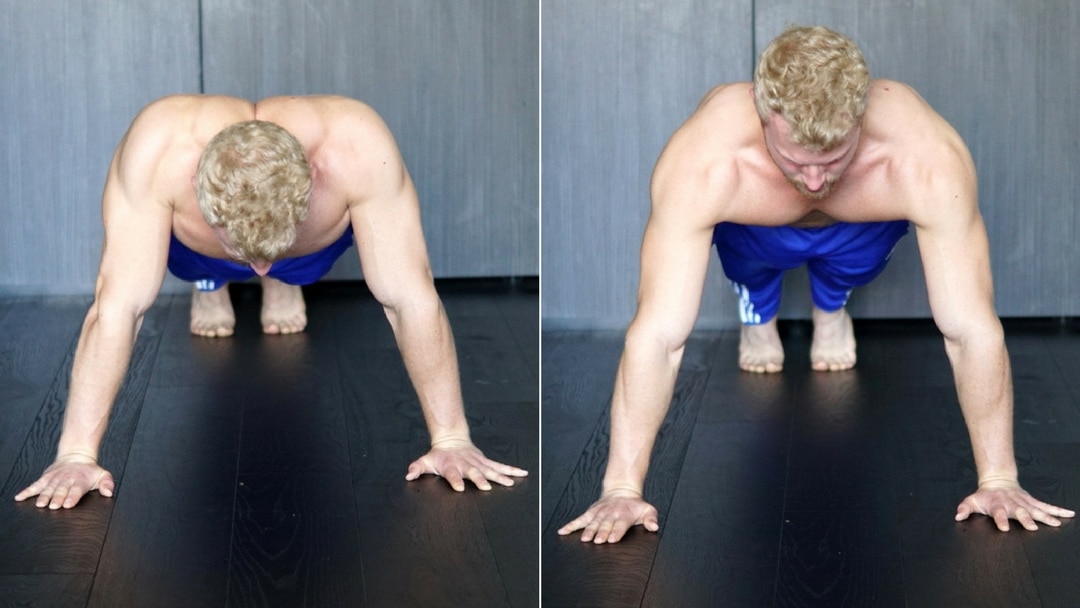Now that I see Pavel protracting at the top ....the hardstyle / Strongfirst push up just seems like a proper standard push up, done with good form?
The cues seem the same as most of what any reputable bodyweight routine would suggest for a high quality push up (tight core, squeeze glutes, modest PPT to neutral pelvis, squeeze the armpits to engage the lats, etc), including the breathing.
I must not be getting something....
Yes, sounds right! Not complicated, just good quality push-up. Tension is the main thing that's really emphasized, and 95% of people doing pushups don't have.


